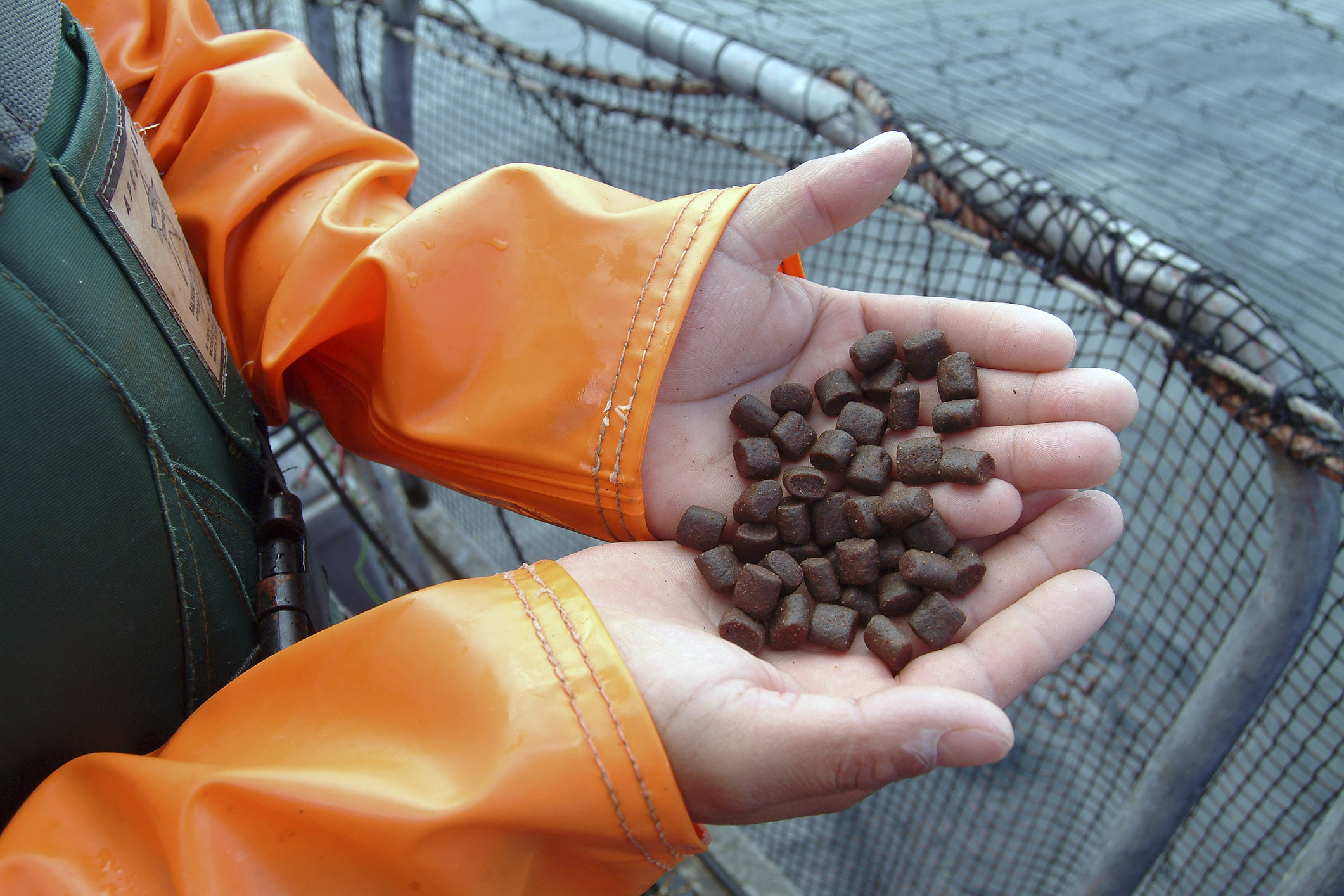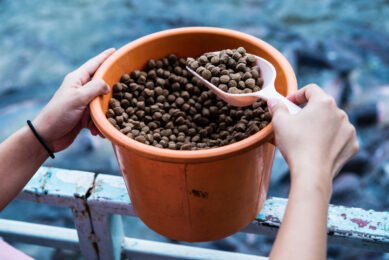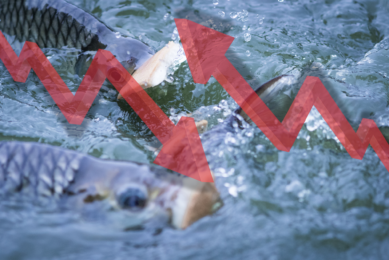Insect meal to the mix: Effect on fish feed pellets

As of last year, adding insect meal to fish diets is allowed. But what is the effect of adding this new type of protein on the physical-chemical properties of hot-extruded fish feed pellets?
Fish feed is made by using the extrusion method, as this is an efficient, durable and versatile method of producing both floating and sinking pellets. In addition, extrusion enhances digestibility and bioavailability of nutrients, improves safety of the final product and is also an environmentally-friendly process. At the same time time, feed ingredients for fish feed are changing and this can have an effect on further feed processing. The use of alternative protein sources such as insect meal is increasing. But can we still make a high quality feed pellet when insect derived ingredients are added to the feed mash?
Different inclusion rates tested
A collaborative research team delved into this and further studied the effects of substituting freshwater shrimp meal (FWSM) with black soldier fly larvae meal (BSFM) or adult cricket meal (ACM). The FWSM protein in a 26 g/100 g protein fish feed formulation was substituted at 0, 25, 50 and 75%, and moisture content of the formulated blends adjusted to 10, 20 or 30 g/100 g prior to extrusion. Floatability, expansion rate, bulk density, durability index, water absorption index, water solubility index, and water stability of extruded pellets were determined. Sinking velocity and the total suspended and dissolved solids in water were determined for the optimal pellets.
The top 3 articles on insect meal in fish diets:
First insect-fed salmon launched
Heading towards 100% fishmeal replacement
Canadian approval for insects in salmon feed
No major influences of insect meal
It was shown that the pellet floatability was not influenced by the type of insect meal, but the interaction between level of inclusion and moisture content of the feed at extrusion. Pellets with high floatability >90% were produced from all feed blends at 30 g/100 g moisture content. Expansion ratio, was not influenced by type of insect meal or the level of inclusion but by the moisture content whereby feed blends extruded at 30 g/100 g moisture gave pellets with high expansion ratio ~60%. Bulk density was influenced by the interaction of the 3 factors. Pellet durability and water absorption indices were not influenced by the investigated factors or their interactions. Processed pellets were generally highly durable (99%) out of water, but the stability in water was significantly influenced by the interaction of type of insect meal level of inclusion and moisture content at extrusion. Water solubility increased with increasing extrusion moisture.
Want to buy insect meal or insect oil? Take a look at this comprehensive list of the major commercial producers around the world.
An effective substitute
From this trial, the researchers conclude that overall, nutritional contents of BSFM and ACM blends were within that of the control indicating that the insect meals can effectively substitute FWSM as key protein source. Best results were seen with 75% BSFM or 75% ACM at 30 g/100 g feed moisture. Further work should investigate nutrient availability and digestibility as well as performance of the pellets in feeding trials.











